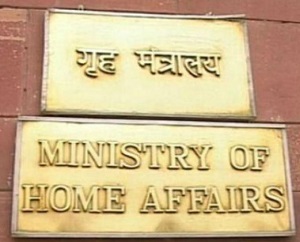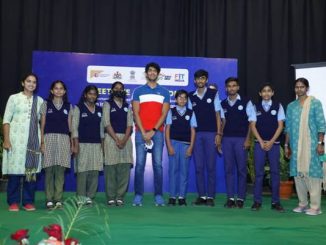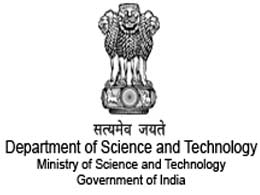PIB News Update:Union Minister of State for Jal Shakti & Social Justice and Empowerment, Shri Rattan Lal Kataria has informed that The average annual water availability of any region or country is largely dependent upon hydro-meteorological and geological factors. However, water availability per person is dependent on population of the country and for India, per capita water availability in the country is reducing due to increase in population. The average annual per capita water availability in the years 2001 and 2011 was assessed as 1816 cubic meters and 1545 cubic meters respectively which may further reduce to 1486 cubic meters in the year 2021. Annual per-capita water availability of less than 1700 cubic meters is considered as water stressed condition, whereas annual per-capita water availability below 1000 cubic meters is considered as a water scarcity condition. Due to high temporal and spatial variation of precipitation, the water availability in many regions of the country is below the national average and may be facing water stress / scarce conditions.
The country is facing a number of challenges in water management such as high temporal and spatial variability in respect of availability of water resources, declining per-capita water availability due to increase in population, inadequate water storage for meeting future water demands, over-exploitation of ground water resources, droughts, low water use efficiency, etc.
Water being a State subject, measures for management of water resources is primarily taken by respective State Governments. Central Government supplements the efforts of the State Governments by providing technical and financial assistance through various schemes and programmes. Central Government has taken various steps for management of water.
Jal Shakti Abhiyan (JSA), a campaign for water conservation and water security, was launched by Ministry of Jal Shakti in water-stressed districts of the country.
Central Government has formulated a National Perspective Plan (NPP) for Water Resources Development which envisages transfer of water from water surplus basins to water deficit basins through inter-linking of rivers.
Pradhan Mantri Krishi Sinchayee Yojana (PMKSY) is being implemented with an aim to expand cultivable area under assured irrigation, improve on farm water use efficiency, introduce sustainable water conservation practices, etc.
Ministry of Housing and Urban Affairs is implementing Atal Mission for Rejuvenation and Urban Transformation (AMRUT) in 500 cities with mission components such as water supply, storm water drainage, etc. The water supply component includes augmentation of existing water supply system and water treatment plants; rehabilitation of old water supply system; rejuvenation of water bodies, etc.
The Government of India has launched Jal Jeevan Mission (JJM), which aims at providing functional household tap connections to every rural household by 2024 at the service level of 55 litre per capita per day.
Some initiatives/measures taken by Central Government to control water depletion and promote rain water harvesting / conservation are available at the URL:
http://mowr.gov.in/sites/default/files/Steps_to_control_water_depletion_Jun2019.pdf







Leave a Reply
You must be logged in to post a comment.